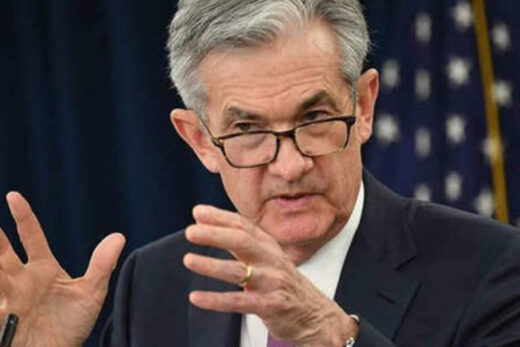“I hoped to see a stronger report today,” Richmond Federal Reserve president Thomas Barkin said in webcast comments to a West Virginia business group.
Barkin said he thought the results were largely driven by labor supply issues and “frictional” barriers such as mismatches between available workers and job skills, and workers still facing child care and other constraints. Many, he said, flush with savings and with enhanced unemployment benefits still available, have the “wherewithal” to wait to return to work and may be doing so.
Still, it gives Fed policymakers little reason to do anything but keep the monetary policy tap wide open until it is clear the economy is on a path back to full employment.
“This puts less pressure on the Fed to prematurely talk about tapering. They wanted to be patient and hold off on it,” said Larry Adam, chief investment officer at Raymond James in Baltimore, Maryland.
The unemployment rate rose in April to 6.1% and remains well above the 3.5% it reached in the months before the pandemic, the Friday report showed. Just 57.9% of the population was working last month, slightly up from 57.4% in December but still well short of the 61.1% as of February 2020. And the economy is still short more than 8 million jobs compared to its pre-crisis level.
The job losses remain concentrated among leisure and hospitality industry companies that were hardest hit by the pandemic, a particular concern to the Fed since that industry is a major source of jobs for lower-wage and less-skilled workers.
A Reuters poll of economists had predicted the economy would add 978,000 jobs in April. Atlanta Fed president Raphael Bostic had said Thursday he looked for “a really strong number” of perhaps more than 1 million.
The Fed in December said it would not consider changing monetary policy, and particularly its $120 billion in monthly bond purchases, until there had been “substantial further progress” in reaching its full employment and 2% inflation goals.
Since then prices of some goods have surged, but Fed officials feel the rise is likely temporary and their hope is to raise inflation to a persistent 2% — something that will only become apparent over time.
Policymakers have made clear they won’t be satisfied until the combination of job gains and evidence of more to come have put the economy on a path towards “maximum employment.”
After the report, interest rate futures traders slashed bets the Fed will start raising rates next year, and the yield on the 10-year Treasury note fell to a two-month low.
The bulk of US central bankers see waiting until 2024 before lifting rates for the first time since slashing the Fed’s policy rate to near zero in March last year.



